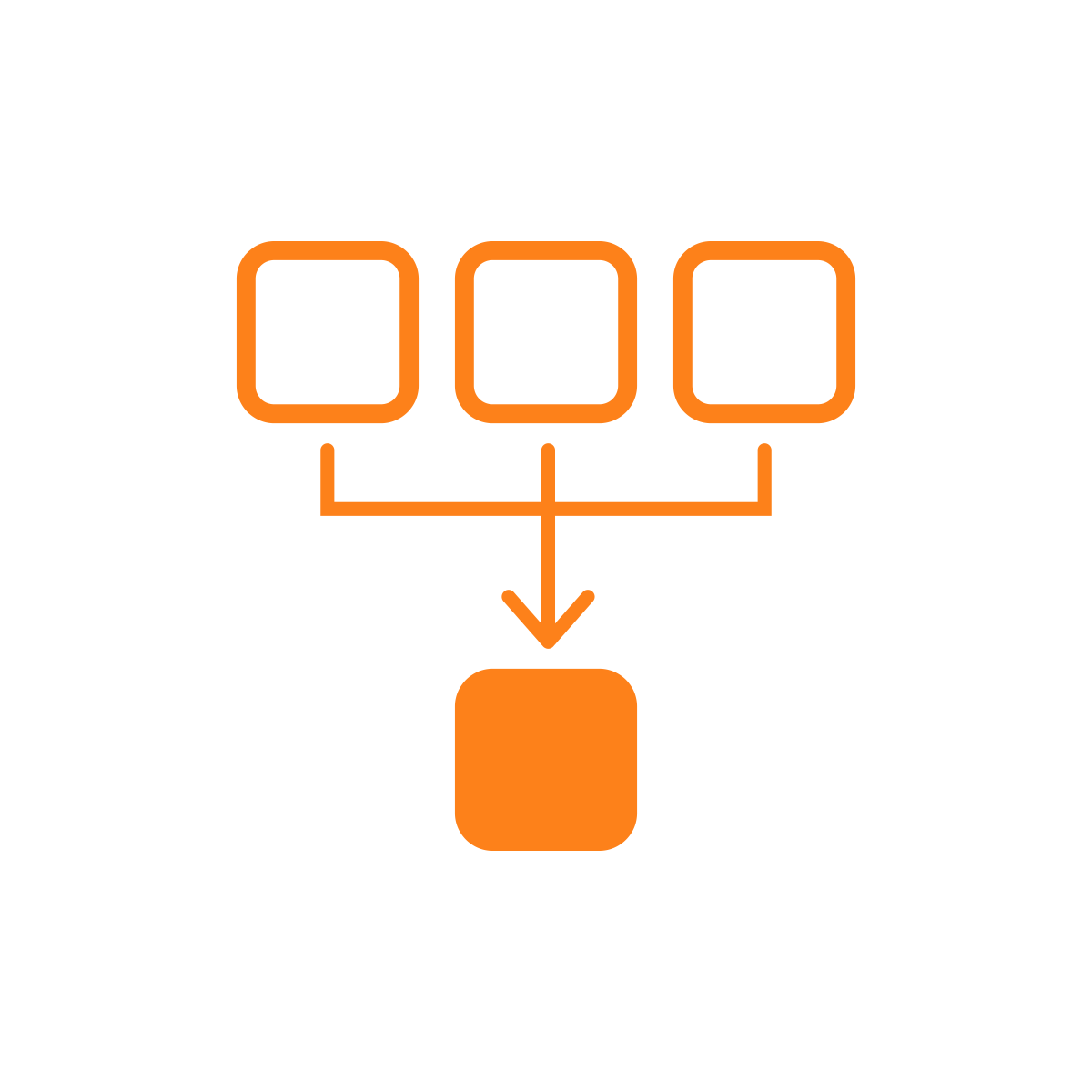Alert Correlation and Contextualization: Finding the Needles in the Haystack
In the realm of detection and response, one concept reigns supreme: alert correlation and contextualization. As threat landscapes evolve, security teams must continuously sharpen their skills to outpace adversaries. Alert correlation and contextualization is an essential step in the process of finding and halting attacker activity.
Both are important. Alert correlation tells us multiple alerts mean the same thing. Alert contextualization gives us surrounding knowledge that helps us understand relevance and importance. However, the immense volume of security alerts can quickly become overwhelming for even the best and brightest security personnel.
Alert Correlation Tools: An Essential Ally
Alert correlation tools offer a solution to this flood of information. Analyzing, correlating and contextualizing multiple security alerts automatically converts a chaotic stream of data into a manageable flow of insights.
Imagine you’ve just scattered a 1,000-piece jigsaw puzzle on the table. At first glance, it appears impossible to solve. There is no structure. There are no boundaries, everything looks completely unrelated.
A reasonably intelligent human will turn all pieces face up then sort and sift by color or other visual queues. Next you’ll likely find the corners and straight-edge pieces that define the puzzle boundaries. Then begins the arduous task of correlating and contextualizing pieces using finer grain parameters. Little by little, pieces connect, and with each connection, there is one less variable in the equation.
Now, imagine a smart system that can quickly scan 1,000 items and recall the precise color and shape of each piece. Every piece is part of the puzzle, but only four or five actually have enough correlation and context to properly ‘interlock’. Humans can of course solve this – given hours on end. Machines can do this tedious work in mere seconds.
If machines precisely correlate security alerts and then present findings within useful context, we have a major advantage in puzzle building. The signal-to-noise ratio is immediately high, enabling busy humans to focus on what truly matters. And what matters is not a given puzzle piece, but rather what the entire picture tells us.
Correlation and context tools are not a ‘nice to have’. They are indispensable allies in today’s cybersecurity fight. Machines automatically process thousands to millions of alerts daily, allowing security professionals to focus on decision-making.
Not All Alert Correlation Algorithms Are Equal
Alert correlation is hardly new. SIEMs have used alert correlation algorithms for years to draw connections between disparate events, identifying common threads and patterns. SIEMs are good at consolidating two or more similar or identical alerts, thus reducing alert ‘volume’. But their algorithms are less adept at correlating, let alone contextualizing, loosely associated alerts and events from disparate systems.
Alert correlation algorithms draw connections between disparate events, identifying common threads and patterns. They do so by evaluating several parameters, such as source and destination IP addresses, event types, and time windows, among others. The ultimate goal is to transform a cacophony of alerts into a symphony of actionable intelligence.
When the right algorithm underpins alert correlation tools, they transform into alert correlation engines. An engine does not merely respond to incidents; it proactively prevents them by providing insights into potential threats before they materialize.
However, alert correlation engines also differ in their creation. Nearly all of today’s detection and response solutions contain some form of artificial intelligence to improve correlation and contextualization. But the spectrum – especially with respect to efficacy – is broad.
ThreatWarrior XDR Delivers Cutting-Edge Alert Contextualization
A set of engines, including Continuous DPI, Behavioral, Cloud, Integration, and Insight engines, performs ThreatWarrior’s alert correlation and contextualization. Each plays a role in both identifying and contextualizing the most important alerts. This saves analysts enormous amounts of time, and focuses their energy exactly on the greatest business risks at a given moment:
Continuous Deep Packet Inspection Engine
Provides visibility into all assets and resources, as well as tracking changes and additions. It identifies all threat types – known and unknown – including malware, trojans, and APTs. It recognizes encrypted traffic handshakes, and packet headers, and compares behavior to identify anomalies. Finally, it performs deep traffic discovery, identifying over 230 protocols and 6+ million traffic classifications.
Behavioral Engine
Leverages unsupervised neural networks to recognize traffic, endpoint, and identity behavior that is anomalous, suspicious, or malicious. Unsupervised deep learning has significant advantages over simpler Bayesian statistics or supervised learning models.
Cloud Entity Detection Engine
Extends alert correlation and contextualization into cloud and multi-cloud environments.
Integrations Engine
Inserts endpoint and identity information, providing both stand-alone and enrichment alerts.
Insights Engine
Learns by observing slow and emerging traffic patterns as well as how analysts respond to threats.
Together these engines enable ThreatWarrior XDR to provide distinct
value to security teams:

Time Management: ThreatWarrior XDR automates correlation, contextualization and analysis of alerts, freeing up valuable time for security teams to focus on strategic activities.

Skill Enhancement: ThreatWarrior XDR helps teams to quickly identify and understand threats, even if they lack specialized skills in alert correlation.

Alert Overload Relief:
ThreatWarrior XDR helps minimize alert fatigue by consolidating and correlating alerts, reducing noise, and highlighting high-priority threats.

Proactive Threat Management: ThreatWarrior XDR empowers security teams to act proactively, reducing response times and mitigating risks before they escalate.